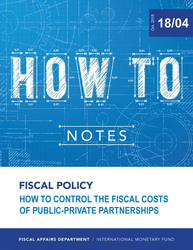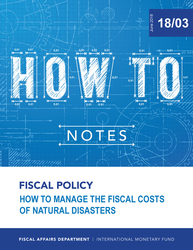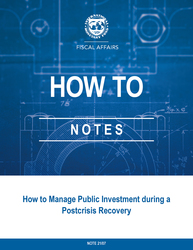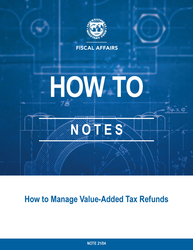
How to Control the Fiscal Costs of Public-Private Partnerships
This note discusses what finance ministries can do to ensure that public-private partnerships are used wisely.
READ MORE...
Volume/Issue:
Volume 2018
Issue 004
Publication date:
ISBN:
Add to Cart by clicking price of the language and format you'd like to purchase
Available Languages and Formats
Topics covered in this book
This title contains information about the following subjects.
Click on a subject if you would like to see other titles with the same subjects.
Public Finance , FADHTN , HTN , PPP , cost , balance sheet , investment , firm , PPP company , PPP contract , PPP law , PPP program , PPP portfolio , Public investment and public-private partnerships (PPP) , Public investment spending , PPP Fiscal Risk Assessment Model (PFRAM) , Accounting standards , Contingent liabilities , Africa , Global
Summary
This note discusses what finance ministries can do to ensure that public-private partnerships (PPPs) are used wisely. By inviting private participation in infrastructure development and service provision, PPPs can help improve public services. Yet, strong governance institutions are needed to manage risks and avoid unexpected costs from PPPs. While in the short term, PPPs may appear cheaper than traditional public investment, over time they can turn out to be more expensive and undermine fiscal sustainability, particularly when governments ignore or are unaware of their deferred costs and associated fiscal risks. To use PPPs wisely governments should (1) develop and implement clear rules for their use; (2) identify, quantify, and disclose PPP risks and expected costs; and (3) reform budget and government accounting frameworks to capture all fiscal costs comprehensively.
Copyright © 2010 - 2024
Powered by:
AIDC



